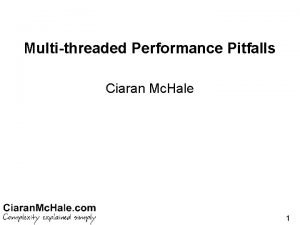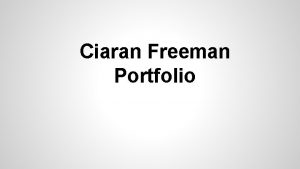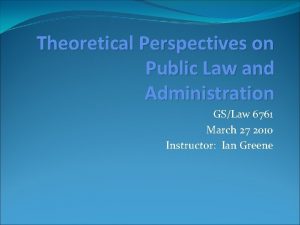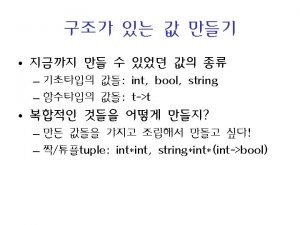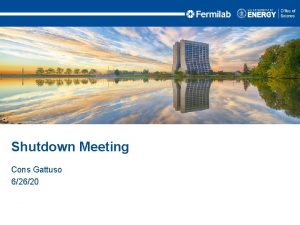Testing Si PMs Ciaran Hasnip Si PMs Cons











- Slides: 11

Testing Si. PMs Ciaran Hasnip

Si. PMs ■ Cons: § High thermal noise rate (typically a few MHz) § Afterpulsing and crosstalk noise effects

Anode How They Work Micro-cell RQ … GM-APD … Cathode • An array of microcells connected in parallel. • Each micro-cell has a GM-APD and quenching resistor connected in series. • Each micro-cell detects photons independently and identically.

Experimental Setup: • Hamamatsu S 13360 -6075 PE • Keysight DSO-X 6004 A Oscilloscope

Noise Pedestal 1 p. e. 2 p. e.

Repeat SER measurement s at different bias voltages: Gain Plot

Analysing Noise Effects: Dark Counts • Dark Counts are pulses generated by random thermal excitations. • Impossible to tell the difference between a dark count and a photon generate event. • Use an algorithm to find dark counts and hence find the Dark Count Rate

Dark Count Rate • The dark count rate increases with bias voltage

Analysing Noise Effects: After-pulses • Due to defects in the Si. PM trapping charge carriers and releasing after a delay. • This causes a second signal pulse at a later time. • After correcting for the dark count rate, no clear relationship between afterpulse probability and bias voltage was found over this range. • This shows dark counts are the dominant noise effect in this Hamamatsu

SBND Foil Manufacture • Reflective foils were coated in Tetraphenyl Butadiene (TPB) using an evaporation chamber. • TPB is a shifts UV light to the optical spectrum.

The End!



